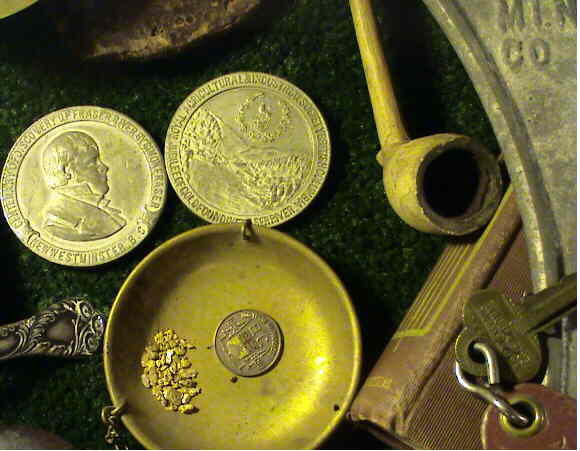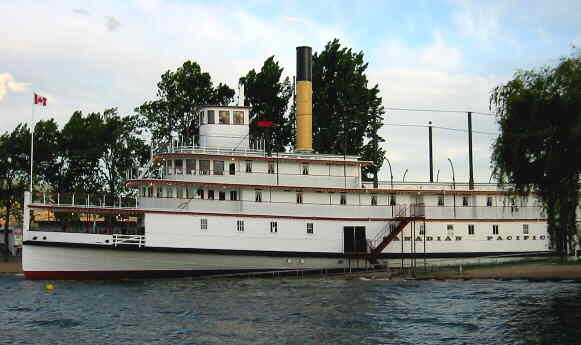| "CAMELS IS all right if you keep 'em where they belong, but why bring the blankety - blank critters here, scar'in' our mules half out of their wits?" "You said it, the dang things av got no business being here!" So fumed two hardy miners on the Cariboo trail in the early '60's. And they were not in the class of "Pink Elephant Sightseers" either. It was no illusion. Their scattered pack train and ruined packs testified to the accuracy of their vision. In the mad rush to reach the gold fields of the Cariboo camels had been introduced as pack animals. Mr. Frank Laumeister was convinced, and reasonably too, that an animal capable of doing the work of four mules, of traveling forty miles a day, of being able to live on sage brush, and not needing water for seven days would be a valuable asset to any pack train. The novel transportation system was not without precedent. As early as 1857, in the administration of Franklin Pierce, the United States army had made use of the quadrupeds to replace the "Pony Express" in Texas and Southern California.
The "Dromedary Express" on the Cariboo Trail in 1862 was a going concern for a year or so. Nor was it the severe climate that caused the bankruptcy of the firm, as would first be supposed. It was the havoc wrought among the mule pack trains that caused disruption of business. These latter animals developed the strongest possible aversion to the camels. Nor was it the sight of these ungainly beasts that unnerved the otherwise stolid mule. The faintest suggestion of camel in the air was sufficient to start a stampede. This often resulted in the loss of both mules and packs, especially if the meeting took place in some of the narrow defiles on the Cariboo Road. Finally, an appeal to Governor Douglas made, by the less romantic of the packers and merchantmen, to prohibit the use of these Arabian importations on the trails. Failing this, several lawsuits were threatened against the enterprising Foreign Legion, and the owners saw fit to disband forces. But the camels had their worries too. An animal with feet built to travel on sand had his own difficulties when asked to find its way over steep, rocky trails, over muddy and wet roads, and even through swamps. The winters in the Cariboo were far too severe for the camels to be kept there the year round. They were wintered lower down on the Douglas Trail. Even then they adapted themselves marvelously to the climate, growing a thick coat of fur to protect themselves. The fodder for winter was supplied by the owners. The rest of the year the animals could and did forage for themselves, living much as the deer do. The Cariboo venture did not at all discourage would be camel owners. Some of the original 21 were taken back to the coast and shipped to the United States. Others were turned out on the North Thompson River and allowed to wander free and unmolested. Of these, the last one ceased to terrorize mules and horses, to say nothing of unsuspecting hunters, about 1905. Wild Horse Creek was on everyone's lips in 1884. The long and difficult packing in to the little town of Fisherville at the mouth of the creek again led men to speculate on improved methods of transportation. The solution was camels. Again the double humped pack animals were seen swinging up and down the trails of British Columbia. They were used chiefly on the Hope to Kootenay Road. Again they were ostracized because of the terror they inspired in the other animals. For years one remained tied up at the top of the hill at Fort Steele, B. C., near Wild Horse Creek. The oldest resident of the district has in her possession a tuft of hair plucked from the side of the last camel of the Kootenays. A story is told of how this camel was eaten by the starving inhabitants of the town in a winter of scarcity. They pronounced it "delicious, when fried!" From the British Columbia Shoulder Strap 80th Anniversary issue. 1938 |
|
|


